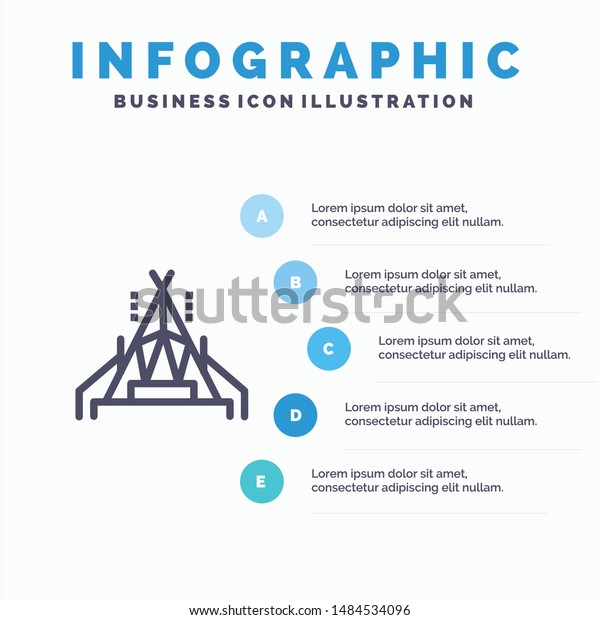Best Approaches To Sell Camping Tents And Operate An Online Camping Tents Venture
Best Approaches To Sell Camping Tents And Operate An Online Camping Tents Venture
Blog Article
How Vital Are Outdoor Tents Footprints/Ground Cover?
Outdoor tents impacts are a wonderful means to shield your outdoor tents flooring from abrasions and prolong its functional life. Almost all equipment suppliers supply their very own brand-specific impacts that are developed to match their particular tent models.
What is the best thing to sleep on when camping?
This customized approach uses ease of configuration and decreases the risk of rain seeping in through the seams.
What are they?
Outdoor tents footprints (likewise known as camping tent ground sheets or under outdoor tents pads) provide a layer of security in between the base of your tent and the exterior environment. They safeguard your outdoor tents from sharp objects, wetness, and unpleasant surfaces.
Many outdoor tents producers use their very own branded footprints made to fit seamlessly with their assigned sanctuary versions. However, these are normally pricey and relatively heavy contrasted to do it yourself options like Polycryo or Tyvek.
Footprints are normally made from durable, waterproof materials such as polyurethane, nylon or silnylon. For ultralight backpackers looking for to decrease pack weight, there are also lightweight, high-strength choices made from Cuben Fiber (Dyneema). It is necessary to choose a footprint that's somewhat smaller sized than your outdoor tents to stop rainwater from leaking down the sides of your shelter and channeling below you while you rest-- no one wants to get up in a puddle! An impact is a rewarding enhancement to any kind of camping trip. It helps guarantee a lengthy life-span for your outdoor tents while including convenience and peace of mind.
How essential are they?
Camping tent footprints secure the base of your camping tent from abrasion and dampness, aiding to expand its life-span. They're usually made of waterproof and dirt-resistant materials like polyethylene or a lightweight oxford polyester, though the denier of the fabric will vary (the higher the denier number, the thicker and burlier).
Most footprints are made to exactly match the shape of your tent's floor, which helps minimize material waste. Many have grommets or loops through which you can weave guylines for tension and risks, making certain that the impact is firmly held back.
If you camp in harsh surface or locations where there's a lot of downed branches and sharp rocks, a camping tent footprint is well worth the included weight and mass. But if you often camp in completely dry, sandy or rocky conditions, a footprint may be excessive. A tarpaulin is a far better choice because situation.
Do you usually pack one?
If you're camping on a very flat surface area where rocks and sticks aren't a concern, an outdoor tents impact most likely isn't needed. If you are in the backcountry with a lot of harsh surface, an impact can make life much easier.
Footprints are usually sized a little smaller sized than the base of the outdoor tents. That's since a larger footprint would certainly capture rainfall and funnel it luxury tent camping under the tent, where you can awaken in a puddle.
However, footprints can be pricey and hefty if you purchase one from the manufacturer of your tent (the Big Agnes Tiger Wall surface UL 2 footprint, for example, costs $70 and considers 6 ounces). You can save cash and weight by making your very own DIY footprint by reducing an item of Tyvek or other water-proof textile to the precise dimensions of your sanctuary. You can even add grommets for very easy accessory. The main advantage of an impact is that it helps to protect the flooring of your backpacking camping tent from abrasive components such as rocks and twigs.
How do you maintain them clean up?
A manufacturer's impact can add significant weight to your sanctuary system and if you're an ultralight backpacker trying to save every ounce, it could not be worth it. For this reason, several backpackers will use a do it yourself groundsheet that's made out of something like Tyvek or Polycryo and suffice to size for their tent impact.
This option is reasonably low-cost and will shield your camping tent from dampness, rocks, thorns, sticks, etc, while also assisting to keep all-time low of your tent completely dry.
If you do choose to acquire a footprint, make certain it's developed particularly for your details camping tent as this will certainly help reduce water merging around the edges of your sanctuary. For instance, if your outdoor tents footprint is too big and expands past the edge of your rainfly, it will certainly gather rains which can leak right into lighter-weight tents and possibly wear down the floor. Make certain it fits your tent relatively well to avoid this.
What is tent fabric called?
